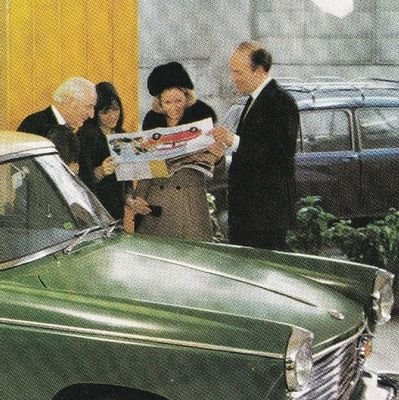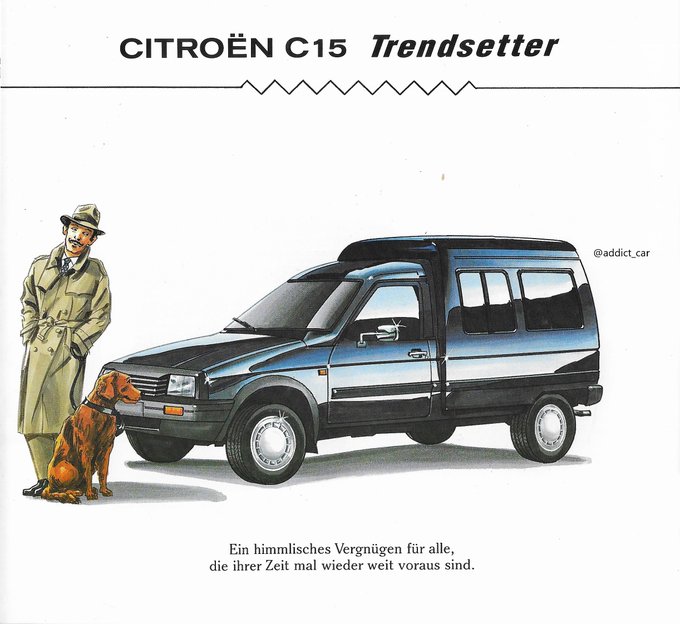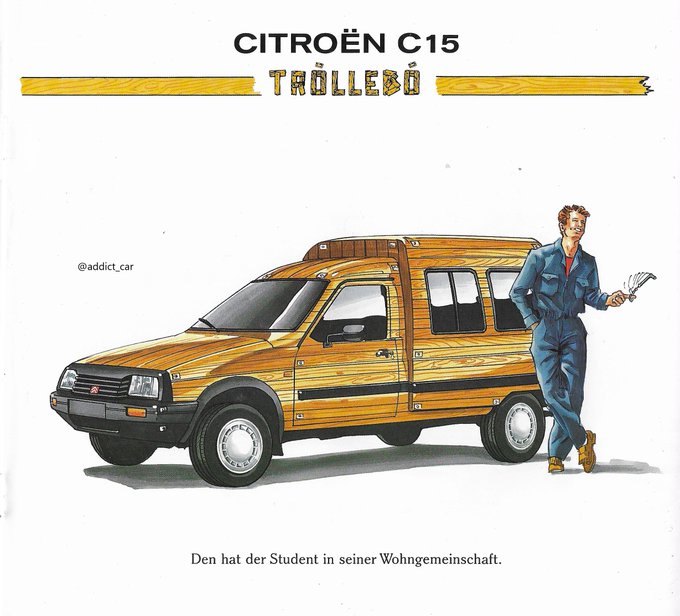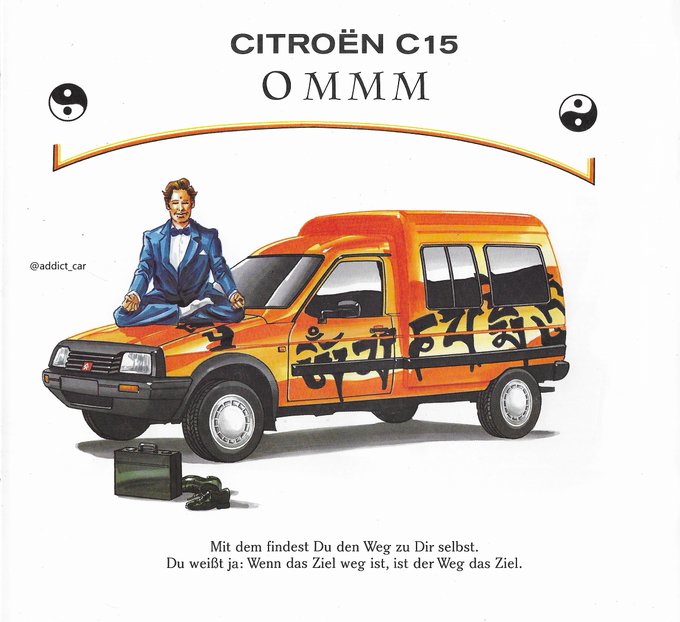Inside the Vanden Plas craftsmen created an impressive interior, in line with BMC's intention to compete with Rover, Humber and Jaguar and appeal to the upper echelons of British society and captains of industry. Unfortunately, such customers turned out to be few and far between.
BMC thought it had pulled off the ultimate one-upmanship when launching the new Vanden Plas Princess R in 1964 as 'a car that makes history'. The R signified its Rolls-Royce 4-litre engine, which justified a big price hike over the former 3-litre model. #carbrochure #VandenPlas
The technical details of the rear-engined Prinz were spelled out in the brochure's obligatory cutaway drawing. The early Prinz was successful enough to spawn the more familiar second-generation model - with shrunken Chevrolet Corvair styling - which survived into the 1970s.
The 1300 offered clean although unmemorable styling (also available in coupé form). It was Honda's largest car to date but was more expensive than similarly-sized rivals in the home market. Export sales were small and mainly confined to the Asia-Pacific region.
And here are yet more possible C15s. The brochure continued the Citroën tradition, originating with 2CV publicity, of not taking itself too seriously.
The brochure light-heartedly underlined the broad appeal of the Spanish-built C15 Familiale, one of only a small number of van-based estate cars at the time. The concept would become more mainstream later in the 1990s when Citroën launched its Berlingo (and Peugeot Partner twin).
The Citroën C15 was offered as a 'Familiale' estate car in some markets. This German brochure was produced for a competition to win a limited edition Spacelab model (shown on the cover), and also included imaginary images of other potential editions. #carbrochure #Citroen
@chiwawamaster8 It wasn't just the 75 - here's the Chinese version of the Rover Streetwise, the MG3 SW, also using the K-derived engines. SAIC also kept its technical centre at Longbridge.
This Austin range brochure reflects the early 70s BL plan to make the marque a high-tech front-wheel-drive one, with the arrival of the new Allegro as the symbol of this intent. The separate Morris dealer chain would theoretically have a rear-drive future. #carbrochure #Austin
Peugeot's first new model after WW2, the 1290cc 203 went into production in 1948 and is shown in this early brochure in both saloon and the rarer 4-door cabriolet version. The 203, with its US-influenced styling was the company's only car in the early 50s. #carbrochure #Peugeot


































